Spice Up Your Life: The Story Behind Berbere Spice Blend
Buckle up, flavor enthusiasts! We’re diving headfirst into the vibrant world of berbere spice blend, a fiery and fragrant staple from Ethiopian cuisine that's capturing hearts—and taste buds—around the globe. Whether you're a seasoned chef or a curious home cook, this post is your golden ticket to mastering one of the most complex and culturally rich spice blends in the world.
What Exactly Is Berbere?
Berbere (pronounced bear-bear-ay) isn’t just a spice—it’s a celebration in a jar. Hailing from Ethiopia and Eritrea, it’s traditionally used as a base for stews like doro wat and lentil dishes. But don’t let its rustic origins fool you; this blend has evolved over centuries and holds deep cultural significance.
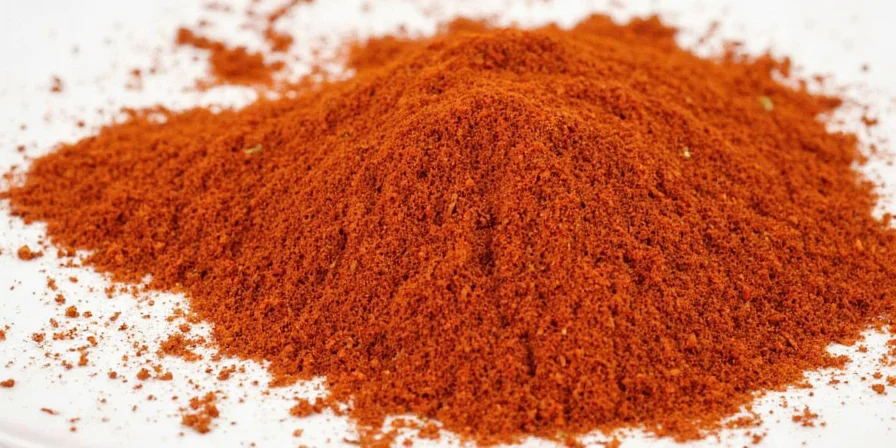
The Traditional Ingredients Breakdown
While there are countless regional variations, here’s a classic take on what makes up berbere:
- Cayenne pepper – for heat
- Paprika – for color and sweetness
- Garlic powder – for earthy depth
- Onion powder – umami magic
- Korerima (Ethiopian black cardamom) – floral notes
- Fenugreek – slightly bitter-sweet undertone
- Jamaica pepper (allspice) – warm spice kick
- Coriander seeds – citrusy freshness
- Dried ginger – sharp warmth
- Kalonji (nigella seeds) – nutty crunch
- Long pepper or black pepper – punchy finish
| Ingredient | Flavor Contribution |
|---|---|
| Cayenne Pepper | Heat & intensity |
| Paprika | Color & mild sweetness |
| Fenugreek | Savory & maple-like undertones |
| Korerima | Floral & herbal complexity |
| Ginger | Sharp warmth & zing |
Why Berbere Stands Out in Global Spice Traditions
In the vast universe of spice blends—from garam masala to za’atar—berbere shines with its bold personality and emotional storytelling. It’s not just about heat; it’s about history, tradition, and identity.
Comparison Table: Berbere vs. Other Iconic Spice Blends
| Spice Blend | Origin | Key Ingredients | Heat Level | Primary Use |
|---|---|---|---|---|
| Berbere | Ethiopia/Eritrea | Cayenne, paprika, fenugreek, korerima | Medium-High | Stews, legumes, sauces |
| Garam Masala | India | Cumin, coriander, cardamom, cinnamon | Low-Medium | Rice, curries, meat dishes |
| Za'atar | Middle East | Thyme, sumac, sesame seeds | Low | Dips, flatbreads, roasted veggies |
| Chili Powder | Mexico | Ground chili peppers, cumin, oregano | High | Tacos, mole, soups |
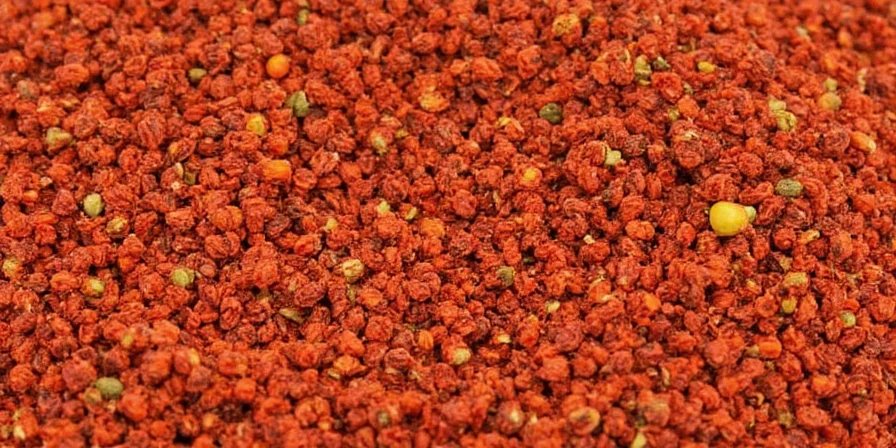
How to Make Your Own Berbere at Home
Ready to get your hands dirty? Here’s a foolproof recipe that even your abuela would approve of:
DIY Berbere Spice Blend Recipe
- 2 tbsp cayenne pepper
- 1 tbsp smoked paprika
- 1 tsp ground fenugreek
- 1 tsp ground coriander
- 1 tsp ground ginger
- ½ tsp ground allspice
- ½ tsp garlic powder
- ½ tsp onion powder
- A pinch of kalonji (or substitute with cumin if needed)
- Toasting optional: For deeper flavor, toast whole spices before grinding.
- Combine all ingredients in a bowl.
- Mix thoroughly until evenly distributed.
- Store in an airtight container away from light and heat.
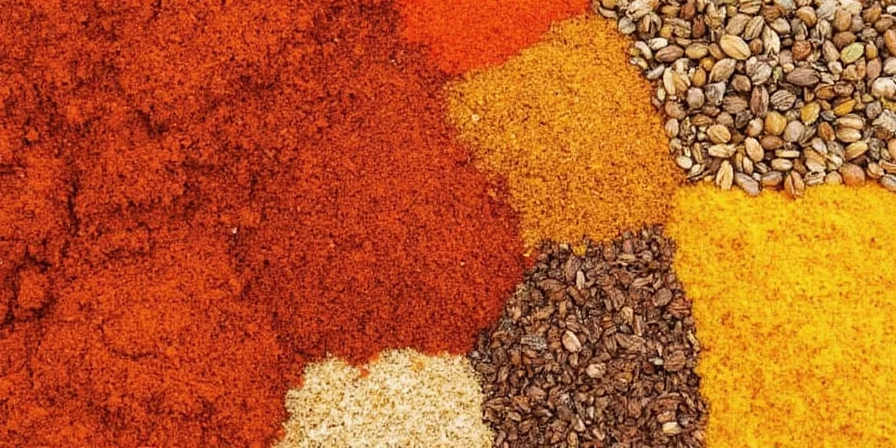
Pro Tips: Using Berbere Like a Pro
- Add it early: Let it bloom in oil before adding liquids for maximum flavor release.
- Balance with acid: Counteract richness with lemon juice or vinegar in stews.
- Use sparingly: Start small—you can always add more!
- Experiment boldly: Try it on popcorn, grilled chicken, or even Bloody Mary rim salt!
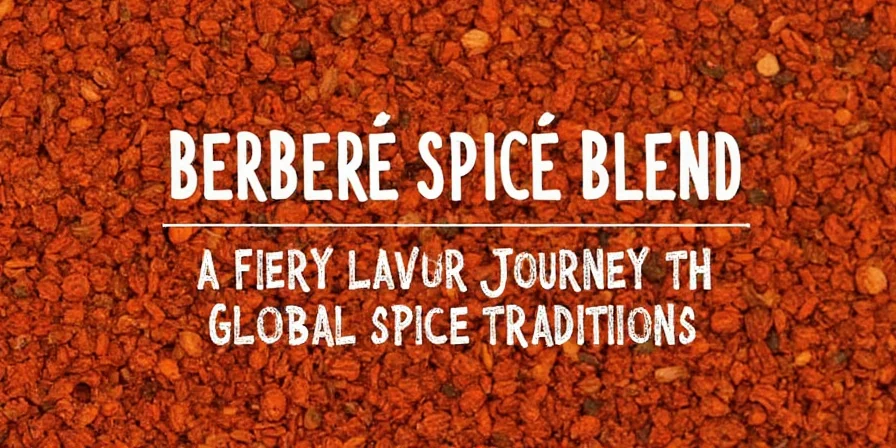
Berbere Beyond Borders: Global Fusion Ideas
Think outside the stew pot! Here are some unconventional but totally delicious ways to use berbere:
- Berbere Butter: Mix with softened butter for a spicy spread on bread or steak.
- Marinades: Add to yogurt-based marinades for lamb or chicken skewers.
- Veggie Roasts: Toss roasted carrots or cauliflower with berbere oil for smoky heat.
- Infused Oils: Infuse olive oil with berbere for drizzling on hummus or grilled veggies.
- Barbecue Rubs: Create a bold dry rub for ribs or brisket with a berbere base.
Preserving Tradition While Embracing Innovation
As global palates expand, so too does the role of traditional spices like berbere. It’s a beautiful paradox: a centuries-old blend finding new life in modern kitchens across the world. Chefs in New York, London, and Tokyo are now incorporating berbere into fusion dishes, bringing ancient flavors into contemporary spotlight.
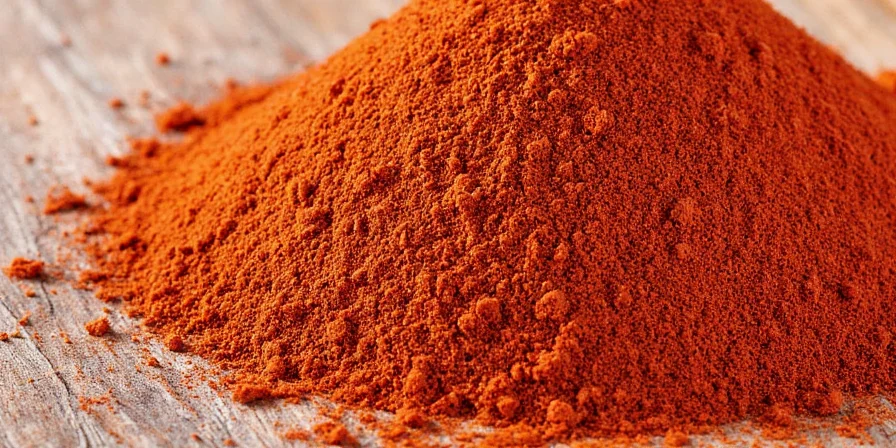
Common Questions About Berbere
- Can I make a milder version? Absolutely—reduce the cayenne and increase paprika or coriander.
- Is berbere the same as chili powder? Not quite. While both are spicy, berbere has a much more layered and aromatic profile.
- How long does it last? Stored properly, your homemade berbere will stay fresh for up to 6 months.
- Can I substitute store-bought berbere? Yes, but be cautious—it may vary in heat and flavor intensity depending on the brand.
Conclusion: The Last Dash of Heat
Berbere is more than a spice blend—it’s a passport to Ethiopia’s soul, a culinary ambassador that bridges continents and generations. From the bustling markets of Addis Ababa to your home kitchen counter, it brings warmth, depth, and a touch of history to every dish it graces.
So go ahead—sprinkle a little berbere love into your next meal. Whether you’re cooking doro wat or jazzing up your scrambled eggs, this spice blend promises a journey worth savoring.
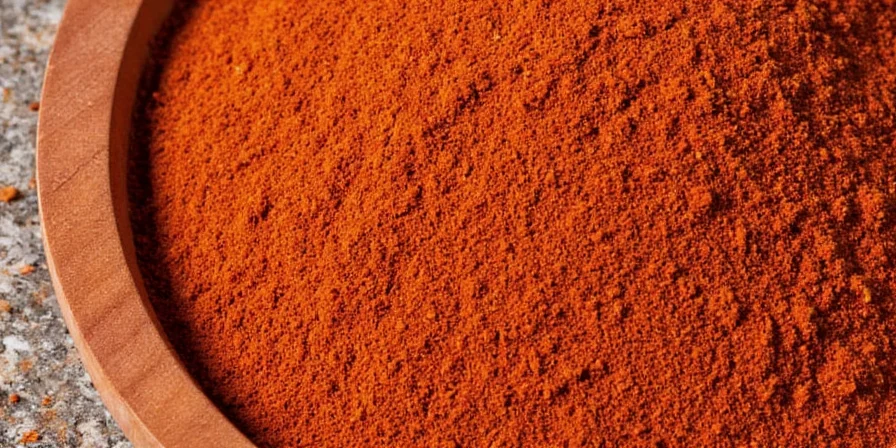

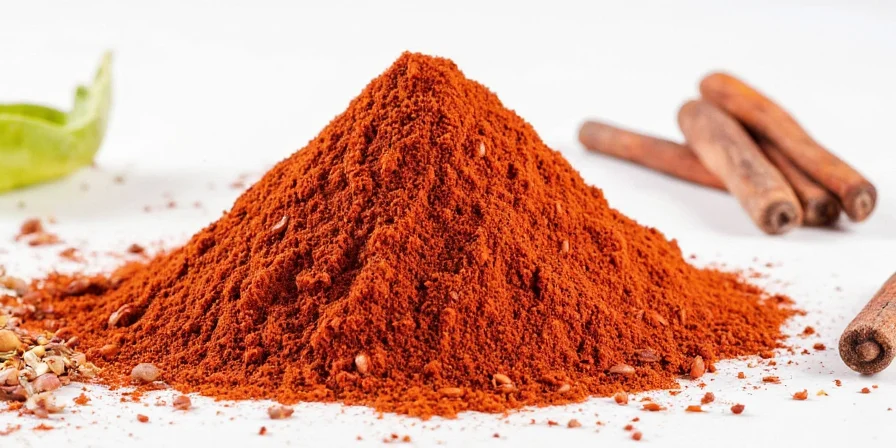









 浙公网安备
33010002000092号
浙公网安备
33010002000092号 浙B2-20120091-4
浙B2-20120091-4